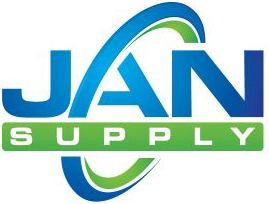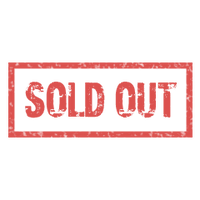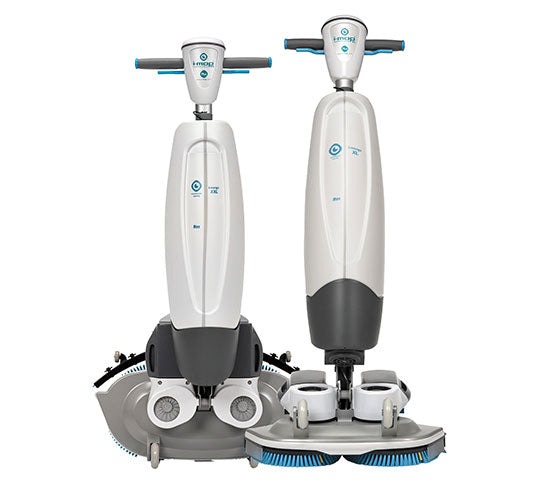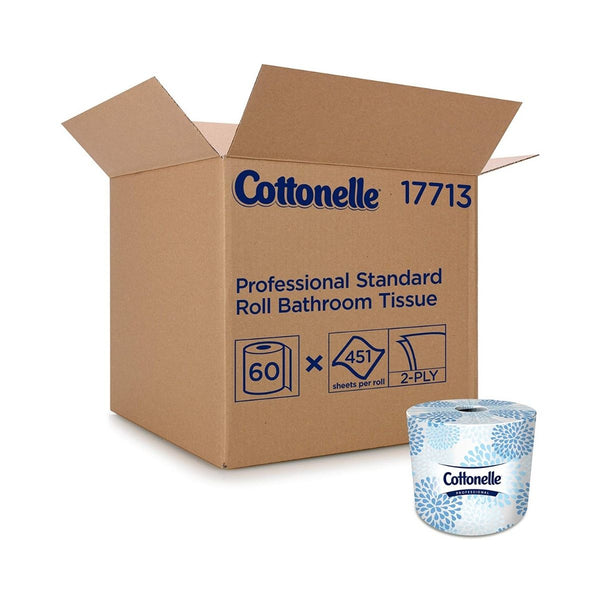
Floors… everyone uses them, every day, a lot. Other than entrances, floors are the one area that employees are guaranteed to use every time they are at work. In this article we will go over commercial floorcare best practices, as well as best practices for commercial vacuuming, in order to avoid problems or complaints from your clients.
First, you will want to pick up trash, paper “dots”, paper clips and debris as you go… it makes your job easier when you get to floors and reduces the chance that you will miss it later. This is especially important for when you go to vacuum, as things like paper clips can get stuck in the carpet and will waste your time trying to go over it again and again.
Commercial Vacuuming Best Practices
-
- Choose an electrical outlet in the back of the room.
-
- Start in the back of room and work your way out, this way cord is never in your way.
-
- Mark halfway point on extension cord, it will help with grabbing it efficiently to move to a different plug.
-
- Use a cross path motion, this allows you to execute full range of vacuuming while still moving.
-
- Do not forget if your bags are reusable. If your machine feels heavy, it is heavy. Don’t forget to dump bag and go.
-
- Use attachment tools to your advantage (carpet specific head, crevice tools, dusting tools).
-
- If using a backpack vacuum, make sure you adjust the straps for your height and size, this will reduce strain on your lower back.
Next, when replacing office trash liners, look under desks for debris and remove it as you go… same reasons as above, plus you outsmart employee “traps.” Employees may try placing trash or debris under their desks or behind trash cans to see how thorough you are. If you notice areas with a lot of staples in the carpet, carefully pick them up once and then discuss with your customer.

Commercial Floorcare Best Practices
Always use cold water with properly diluted chemical when mopping. You will also want to use a neutral pH balanced floor cleaner to prevent streaking and damaging flooring with topical coatings. If you notice any floor surfaces are prone to streaking after mopping, you may be using too much chemical. The next time you are on-site at a clients’ facility, kneel and run your fingers across the floor. If you notice any residue on your fingers (typically white), then you are overusing chemical. Many floorcare products call for 2 ounces of chemical per gallon of water; however, we recommend starting with 1 ounce of chemical per gallon of water. This is a major best practice for commercial floorcare, we believe less is more!
If you still notice streaking on the floors you are cleaning, you may want to try going over the floors with just water the next time you visit. This will help dilute any chemical still on the floors and give you a clean slate the next time you show up for cleaning. The issue could also lie with the floorcare equipment you are using to get the job done.
Ready for another commercial floorcare best practice? This one is HUGE!
Many commercial cleaning crews are still utilizing a traditional mop bucket and wringer system. This will get the job done but may also cause issues along the way or create more work for you and your crew. Look at it this way, when you start cleaning floors you start in the janitors closet where you must dilute your chemical in your mop bucket. As soon as you set that mop head on the floor, you are transferring dirty water and debris (like salt) back into your diluted cleaning solution. Once you set your mop back on the floor again, you are spreading that dirty water or salt across the rest of the floors surface. Additionally, you will have to empty, rinse, and change out the chemicals in your mop bucket… this uses another 1-2 ounces of chemical, wasting money and time.
What we recommend using instead is a charging bucket system with microfiber mop heads. This is a two bucket or container system, one bucket with your diluted cleaning solution and another bucket for your dirty mop heads. You will want to fill your clean bucket with the microfiber mop heads, and let them sit and soak, ready to be used. Once the mop heads are soiled, place them in the dirty bucket. This technique will ensure you are not spreading dirty water or debris across the floors as you swap mop heads.
Additionally, you can fill a charging bucket with your diluted cleaning solution and place enough microfiber mop heads in there for the whole week. This will not only save you time, but also allows you to use just 1-2 ounces of chemical for the whole week, saving you a ton of money in the long run!
Thank you for taking the time to read our best practices on commercial floorcare and commercial vacuuming best practices. We hope you’ve learned something! Stay tuned for more, we will be covering all of the major areas that businesses could possibly need cleaned. And as always, we’ll offer our best practices for commercial cleaning to ensure you have the techniques needed to operate efficiently and keep your clients happy.








































